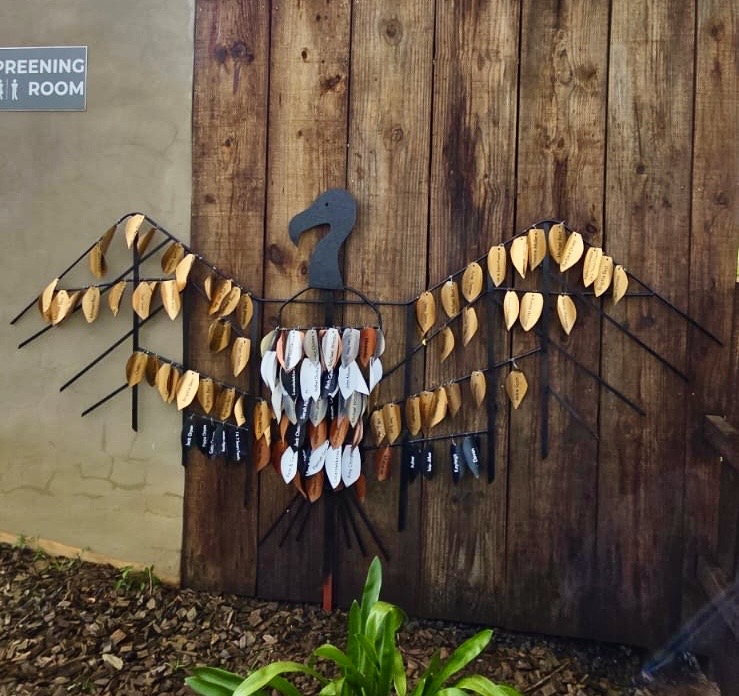There have been many cases where camera traps have caught animals doing things we don’t often get to witness. These cameras offer us a unique insight into an individual animal’s behaviour, habits and preferences. Often when more than one species is photographed together, it is because these species have known associations in regard to overlapping food resources or benefits. An example of this is when impala and baboons are seen together. This is because impala use the baboons as an extra alarm system alerting them to any potential danger.However, the following series of photographs that were captured by the Hluhluwe camera traps have utterly stumped both me and the conservation volunteers. (Wildlife ACT assists Ezemvelo KZN Wildlife to monitor endangered and priority species in Hluhluwe-iMfolozi Park in South Africa.) I have personally never seen or heard of the following two species being seen together - never mind being caught doing what they did…What makes it even more interesting, is that it's not the first time this has happened. According to other camera trap images this is ongoing behavior by the same genet.
Hitch-hiking Genet on Buffalo's Back





This series of photographs depicts a large spotted genet on top of two individual buffalo. One of the buffalo seemed to be unimpressed with the genet and can be seen turning around and thus shaking the genet off. The other buffalo was quite content to let the genet “tag along” for an evening stroll. The genet seemed to have spent this particular evening riding buffalo!What's even more bizarre is that the same particular genet has a habit of hitch-hiking on other larger beasts and this rhino seemed an ideal taxi service one evening!He decided to jump on this rhino on the very same night that he was seen riding on the back of two separate buffalo.
Hitch-hiking Genet on Rhino's Back

Then three nights later…



Then the following evening…


And again four nights after that.


I can only speculate as to why this genet decided that hitch-hiking was a good idea, but can confidently say that this is fantastically bizarre.Why do we use camera traps? Wildlife ACT uses camera traps as a non-invasive form of wildlife monitoring on a few of the Zululand Game Reserves where we are stationed. The camera traps are placed strategically and usually in hard to navigate areas. They are triggered by movement and use a flash at night that doesn’t irritate the animals as is evident in this series of images. These camera traps are perfect for monitoring generally shy or nocturnal animals or priority species such as rhino, cheetah and leopard. By studying the photographs collected we are able to identify individual animals and plot their territories. This is critical to our ongoing research and makes it easier to monitor them in the future.Woolworths brought out a reusable shopping bag in support of our camera trap surveys used across KZN. The bags are still available in Woolworths stores countrywide.

Volunteer with Wildlife ACTWildlife ACT allows volunteers to join their team in the field. To find out more about volunteering with Wildlife ACT email, info@wildlifeact.com.Blog written by Zoë Luhdo





.jpg)




(1).avif)
.avif)